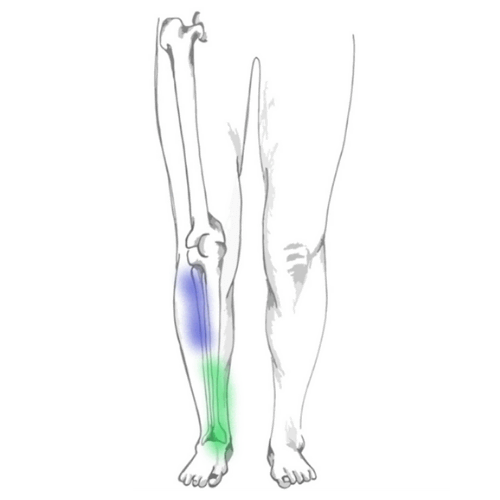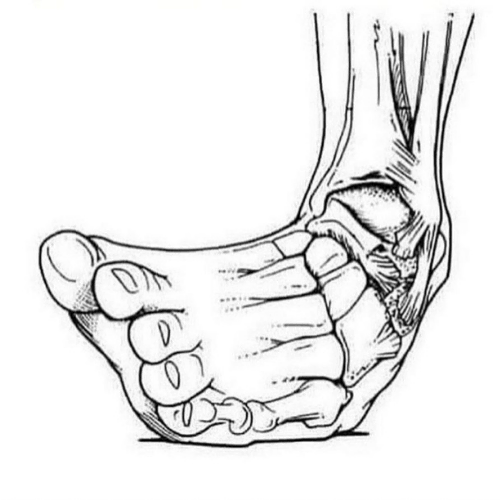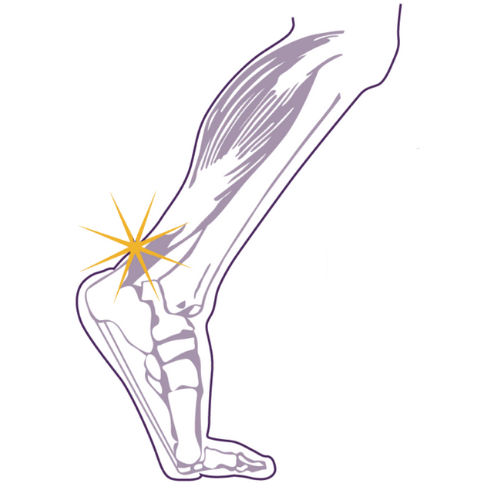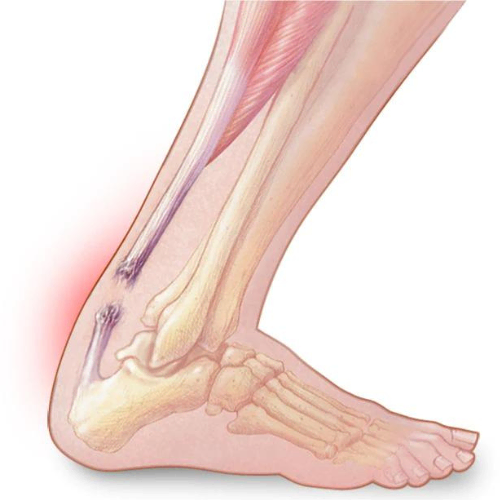
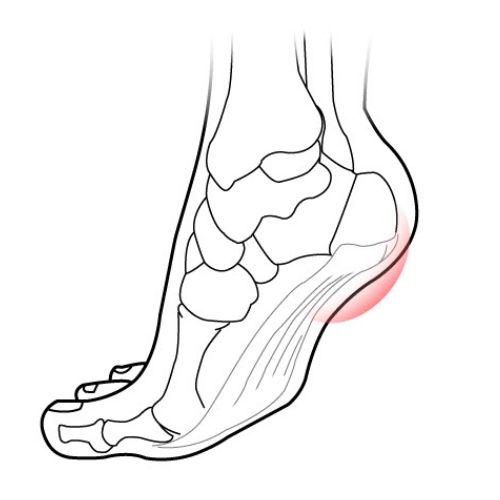
Plantar fasciitis, also known as plantar fasciopathy or plantar heel pain, is one of the most common causes of foot pain. It is an irritation of the plantar fascia and the surrounding structures. It is estimated that 1 in 10 people will experience it in their lifetime, with 2 million people receiving treatment for it every year.1
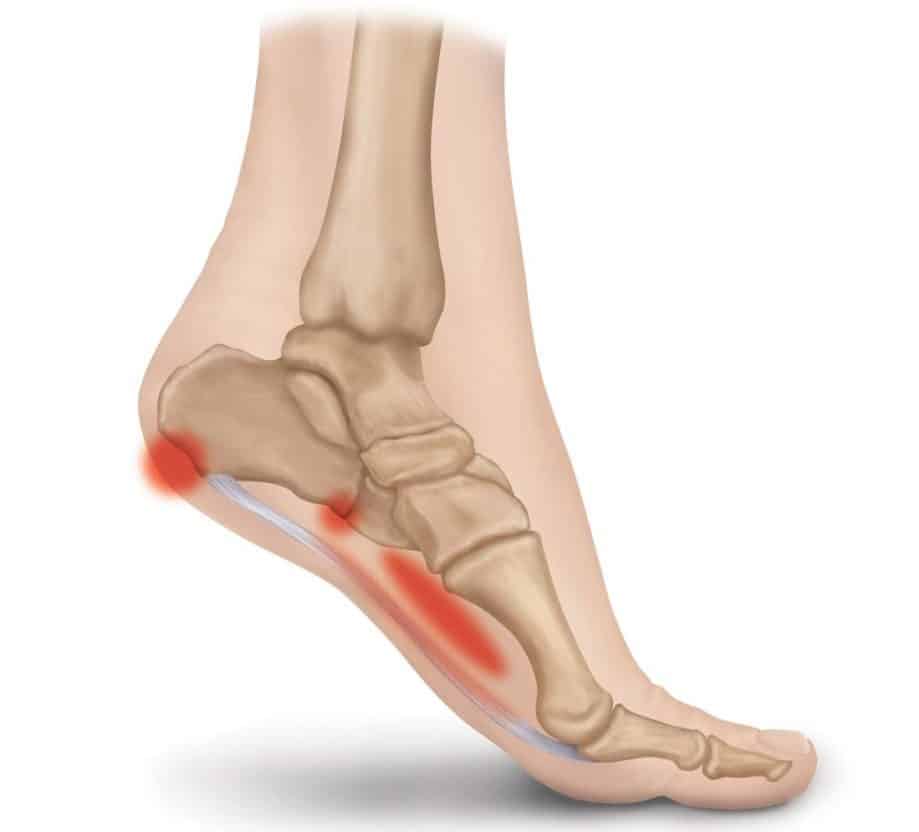
The plantar fascia is a thick band of connective tissue that supports the arch of the foot. It attaches to the medial side of the heel bone and then divides into five bands inserting at the base of each toe and the metatarsal heads. The tensioning of the plantar fascia during weight bearing activities allows for added stability in a loaded foot with minimal muscle activity.2 The plantar fascia also plays a dynamic role during walking where it stretches, stores potential energy, provides a rigid structure for propulsion, then passively contracts, converting the previously stored potential energy into kinetic energy and aiding acceleration.3
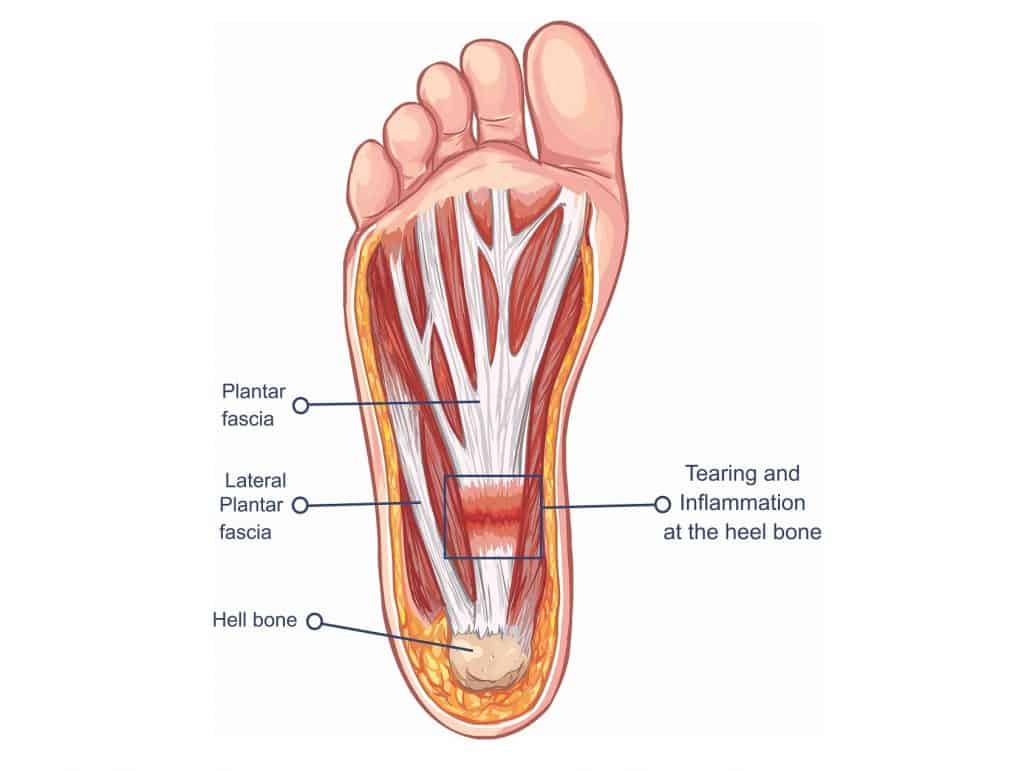
Patients typically complain of sharp pain along the inside of the heel when walking in the morning and after a period of rest that gets better after walking for a period of time. It usually worsens at the end of the day and with impact sports and activities.4
While the causes of plantar heel pain are multifactorial it is primarily due to overload and repetitive microtrauma. This results when the total load the foot is exposed to has changed or increased faster than the plantar fascia has been able to adapt. This is often due to an increase in weightbearing activities, but it can also be the result of a change in training surface, footwear, or a combination of factors including distance, intensity and volume.
Risk factors include obesity, prolonged weight-bearing, altered biomechanics with poor ankle mobility, calf and Achilles tendon tightness, weak intrinsic muscles of the feet, excessive foot pronation, and poor footwear.5
The first-line choice for plantar heel pain is conservative management, such as physiotherapy or chiropractic. It has been shown that 82% of patients responded favorably to conservative therapy6 and the proportion of patients requiring surgery is less than 2%.7 A program of calf-stretching and eccentric loading has been confirmed to be an effective treatment.8 Treatment typically includes relative rest from aggravating activities combined with stretches targeting the plantar fascia, Achilles tendon, and calf muscles.2 High load strength training is effective in the mid-late stage treatment of plantar heel pain and has been shown to aid in pain reduction, improvement of function, and prevention of injury reoccurrence.9
Orthotics have been shown to produce some small reductions in pain for people with plantar heel pain.10 When used in conjunction with a stretching and strengthening program, a custom orthotic and even an appropriate shoe insert are likely to produce improvements in symptoms as part of the initial treatment phase.11
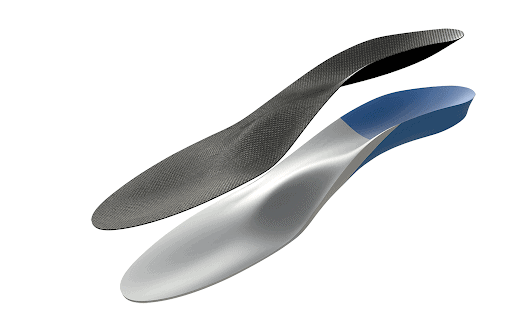
Steroid injections are often effective at reducing symptoms in the short term, however, the positive effects usually last no longer than one month. Additionally, multiple injections may increase the risk of rupture of the plantar fascia as well as fat pad atrophy.12 Due to the limited benefits and potential complications, steroid injections should only be used in cases where symptoms are not settling with conservative management.

